Today was a non-stop day. We first explored more of Raseiniai, highlighted by our visit to the former prison. While the prison has not been active since 1953, it has been put to good use as a museum.We learned about the Raseiniai’s history as a Jewish cultural center (of majority Jewish population), its status as the birthplace of two revolts against the tsar, and its housing of what was once the highest and longest bridge in Europe. Additionally, the museum has rooms for artwork, clothing and old books. Tragically, what was once a thriving town was essentially demolished in the Second World War. Luckily, the museum provides a strong history of Raseiniai’s strong past.
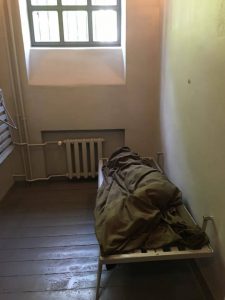
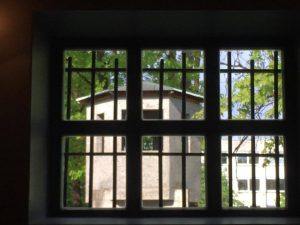
We next visited another Jewish death site during World War II. Much like Ponary, this place was unassuming at first glance but incredibly eerie with its history known. We pulled off the side of the road near by some trees. We walked and found the memorial site in which Jews from the ghetto were killed. Given false hope in believing they were digging sand for the road, these Jews were in fact digging their own graves. When visiting Auschwitz-Birkenau, I was struck by its factory-like features which made the experience overwhelming. In contrast, this site’s simplicity, calmness and beautiful landscape create an uneasy feeling, knowing that mere feet in front of us approximately 1,677 individuals were murdered. It was a truly chilling experience.
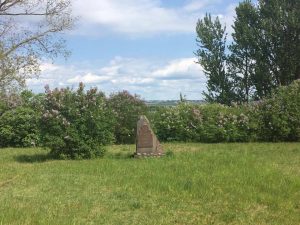
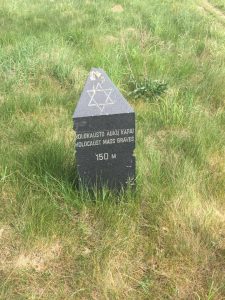
After our exploration of Raseiniai, we went to the secondary school of Šiluva. This time, though, we did more than eat lunch! We sat as a group on stage in the school auditorium. After an introduction by Dr. Lozman, we all introduced ourselves to the students and faculty. After the mayor presented us with gifts (including a spiky but nevertheless delicious cake), we were treated to a singing performance followed by traditional Lithuanian dance routine by the students, both of which were extremely impressive and well-rehearsed. It was truly special for the students to share their customs and passions with us. We then watched a short video about Lithuania and a powerpoint presentation about the school, which, interestingly enough, predates the United States by over 200 years! After another stellar dance performance, the students asked us questions, such as our why New York City is named the Big Apple (a question for which none of us had an answer), if we had tried any Lithuanian cuisine and what defined a kosher meal. As a big basketball fan, though, my favorite portion of the Q and A came when one student asked whether we knew any Lithuanian basketball players in the NBA. As our resident Torontonian, Cole shared his affinity for the Toronto Raptors and praised Jonas Valančiūnas, for which the entire school erupted into applause and cheering! Following our discussion, we were swarmed with requests for selfies and Snapchat information. Our group selfies were certainly one for the ages!
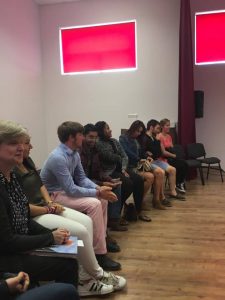

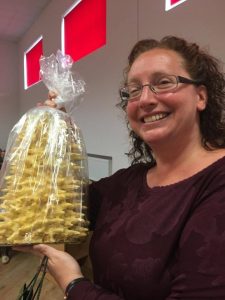
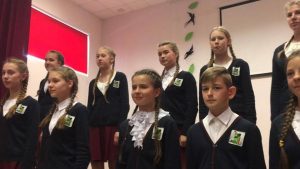
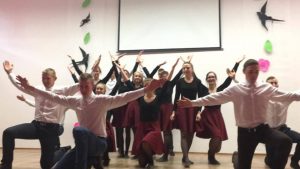
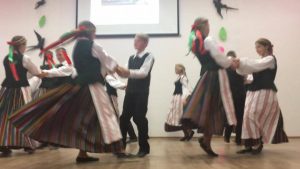
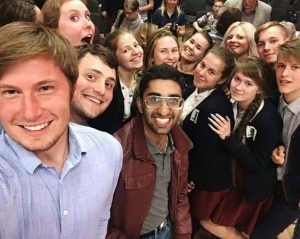
After our last selfies were taken, we went with Šiluva’s mayor and the local priest on a tour of the city. Our tour focused upon the commemoration site, across from the town’s church, for which an apparent miracle occurred. Inside the church-like structure lies a stone. In 1608, residents of Šiluva said that on this stone the Virgin Mary and baby appeared. The entire structure has murals of the miracle occurring, with a centerpiece of Mary with the child. It is because of this miracle that so many Catholics make the pilgrimage to Šiluva’s.
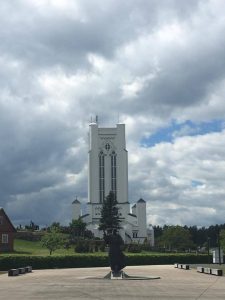
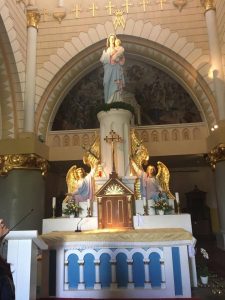
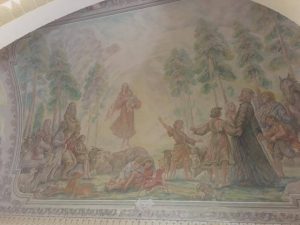
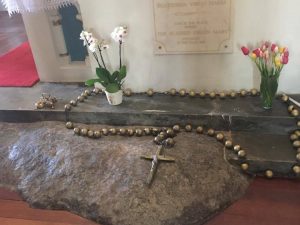
The area’s site as one of importance for Catholics is self-evident. Still, its history of Judaism is a crucial element of its culture as well. It is imperative to visit Holocaust and death sites so that we remember these atrocities and fight to ensure that they never occur again. As we highlighted throughout the course, though, we must strive to remember Jewish life and the ways in which these Jewish communities were a part of the greater community, whether it be in Poland, Lithuania or elsewhere. While we didn’t have the opportunity to fully discuss these relationships with the kids at school or the members of the community at-large, hopefully it is a discussion that is present now and in the future.
